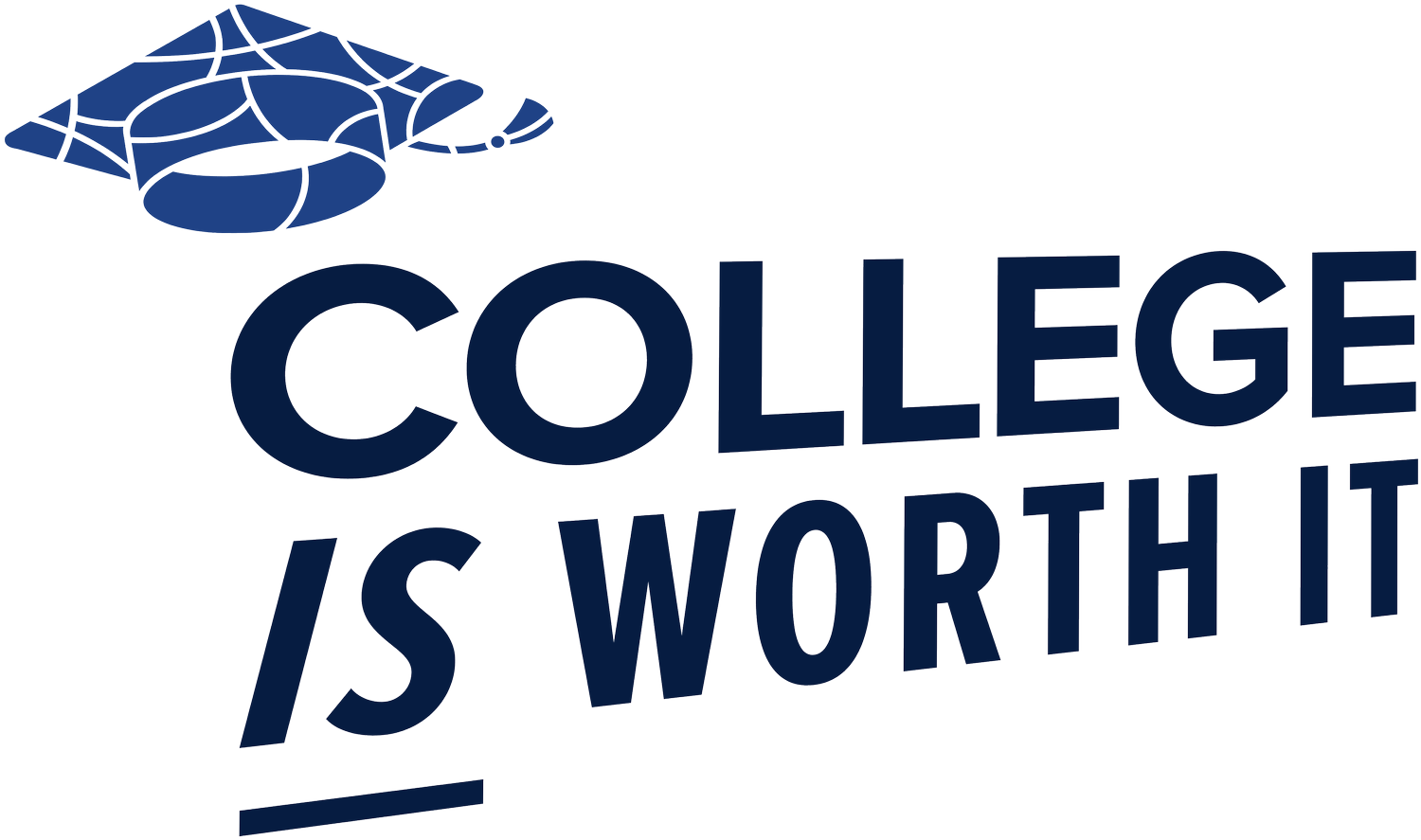
Make it stand out
CIWI PARTNERS
CIWI PARTNERS
The #1 public university in New England, the University of Massachusetts (UMass), offers four nationally-ranked public research universities, including UMass Amherst, UMass Boston, UMass Dartmouth, and UMass Lowell.
Our mission is to deliver affordable, world-class education that transforms lives, conduct groundbreaking research that improves the world, and create social and economic impact that shapes and energizes our communities.
The Texas State University System is Texas’ first university system, with seven institutions serving more than 90,000 students from far West Texas to the Gulf Coast. Established in 1911, the mission of TSUS is to provide high-quality, affordable degree and credential programs to meet the needs of Texas’ diverse and fast-growing economy.











